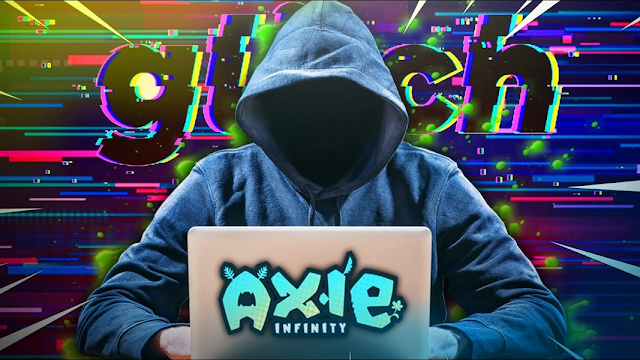 |
| Image Source: ( google image ) |
In March, more than $615 million was stolen from Ronin Network's bank accounts. This news was sensational at the time because it involved the largest play–to-earn (P2E) game in the world, Axie Infinity.
After the attack on Ronin's bridge, transactions were stopped. The last two large-ticket transfers to the network were fraudulent withdrawals worth 173,600ETH and 25.5million USDC. An FBI report reveals that the hacking group Lazarus Group was responsible for stealing the ill-gotten wealth to finance North Korea's regime.
More News: Latest NFT News
After the theft
So what happened with Axie Infinity's player base? Binance provided a bridge that allowed users to retrieve funds stored on the Ronin Network. The bridge allowed them the ability to withdraw their funds using wrapped ETH. Standard ETH could then be traded. This led to approximately 46,000 WITH being taken out of Ronin Network's stores since the April 2 announcement. Except that it was nothing.
As of earlier today, Ronin Network had been completely rebuilt.
Ronin Network, Axie Infinity, and Sky Mavis stated that they are now open to transactions on the network. Sky Mavis also covered the remaining 71.600 ETH and 25.5M losses due to the attack. "All [users] are made whole," the announcement said.
It is an entirely different story about the Axie DAO's treasury funds. They still haven't been able to locate the 56,000 ETH stolen during the attack. If these funds do not get recovered for two years, a vote by Axie ADAO will be called to discuss the next steps of the treasury.
Sky Mavis has increased security for the Ronin Network to stop another attack on this scale. The network's "circuit breaker" system will detect suspicious withdrawals and alert Sky Mavis. 90 percent of validator signatures are required for withdrawals of more than $1,000,000.
Withdrawals greater than $10,000,000 in value, however, will only require that 90% of validator signs be signed. A seven-day review will also be needed for an actual person. Monthly withdrawal limits for users have been set at $50 million. Sky Mavis's internal audit was conducted by an independent third party to identify additional ways to enhance security.
Comments
Post a Comment